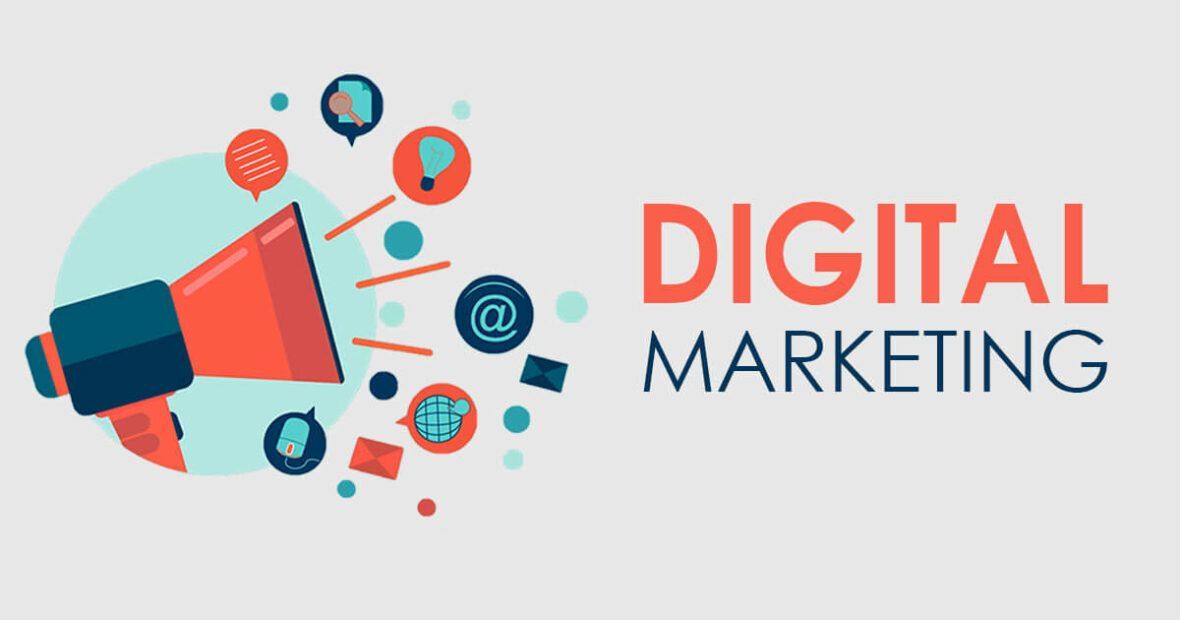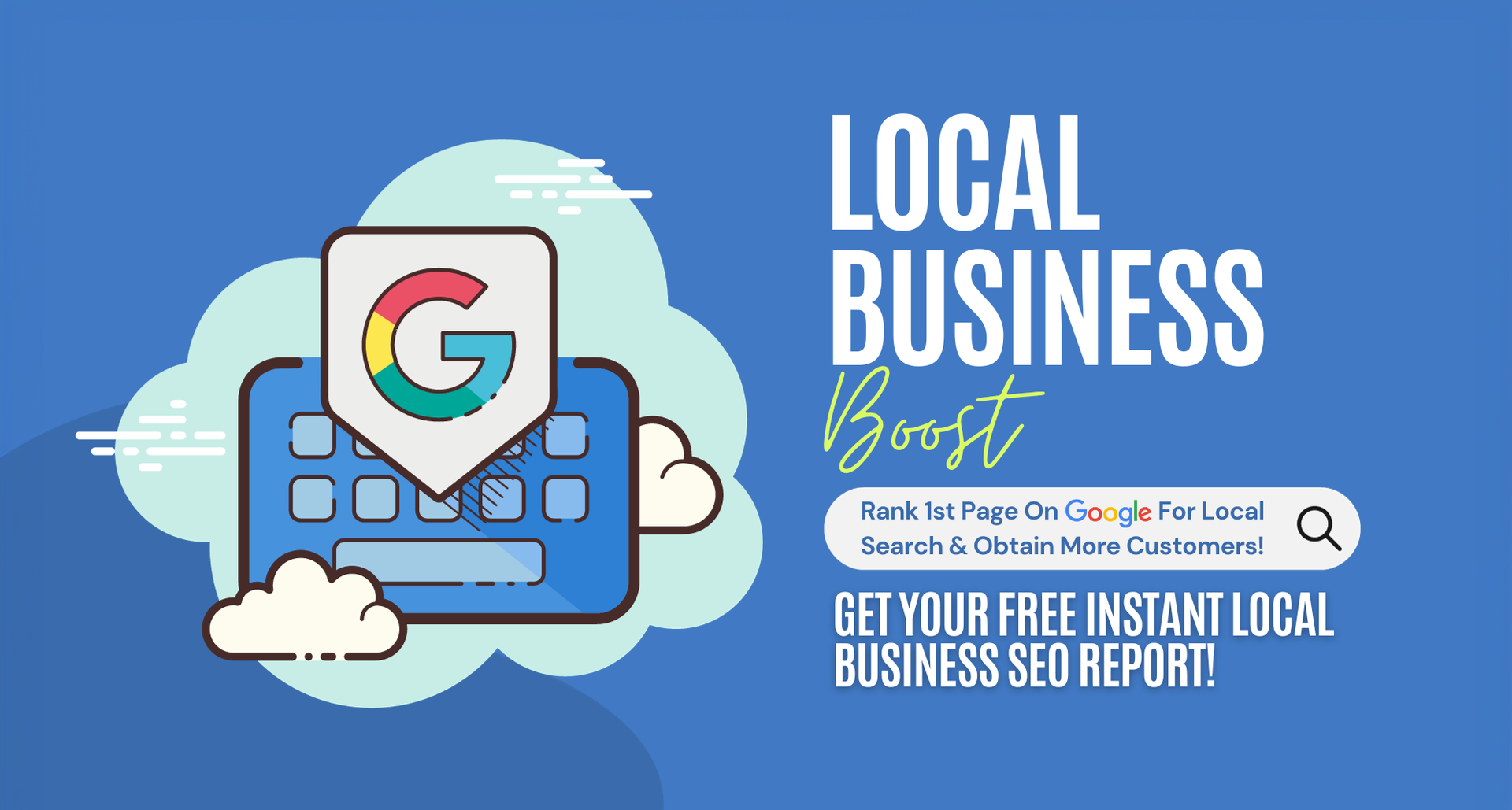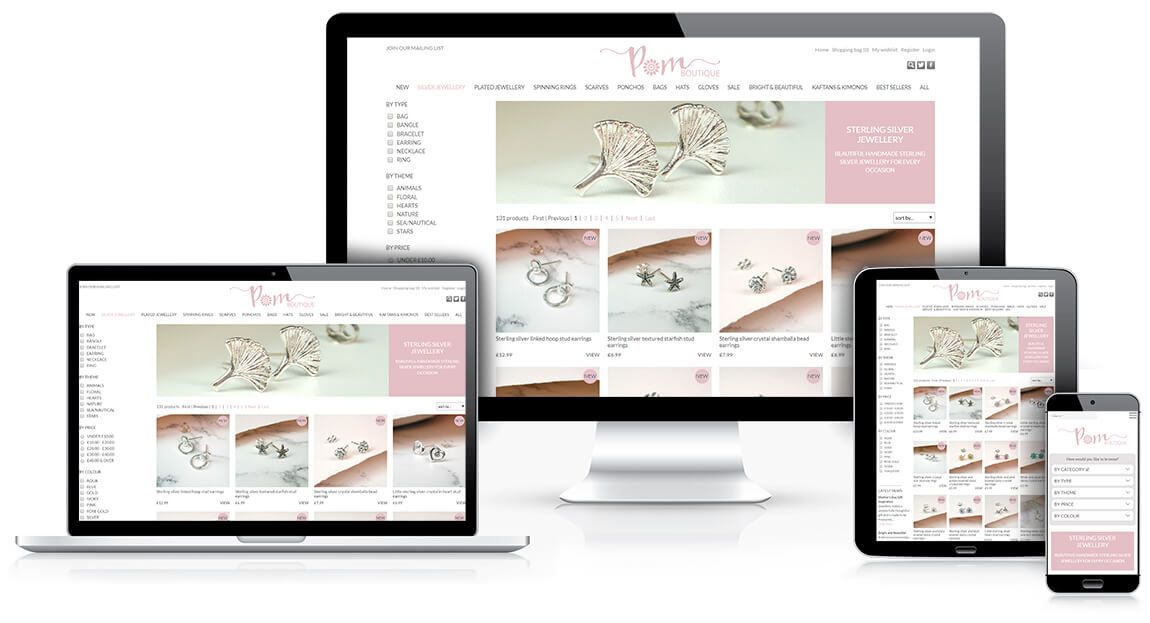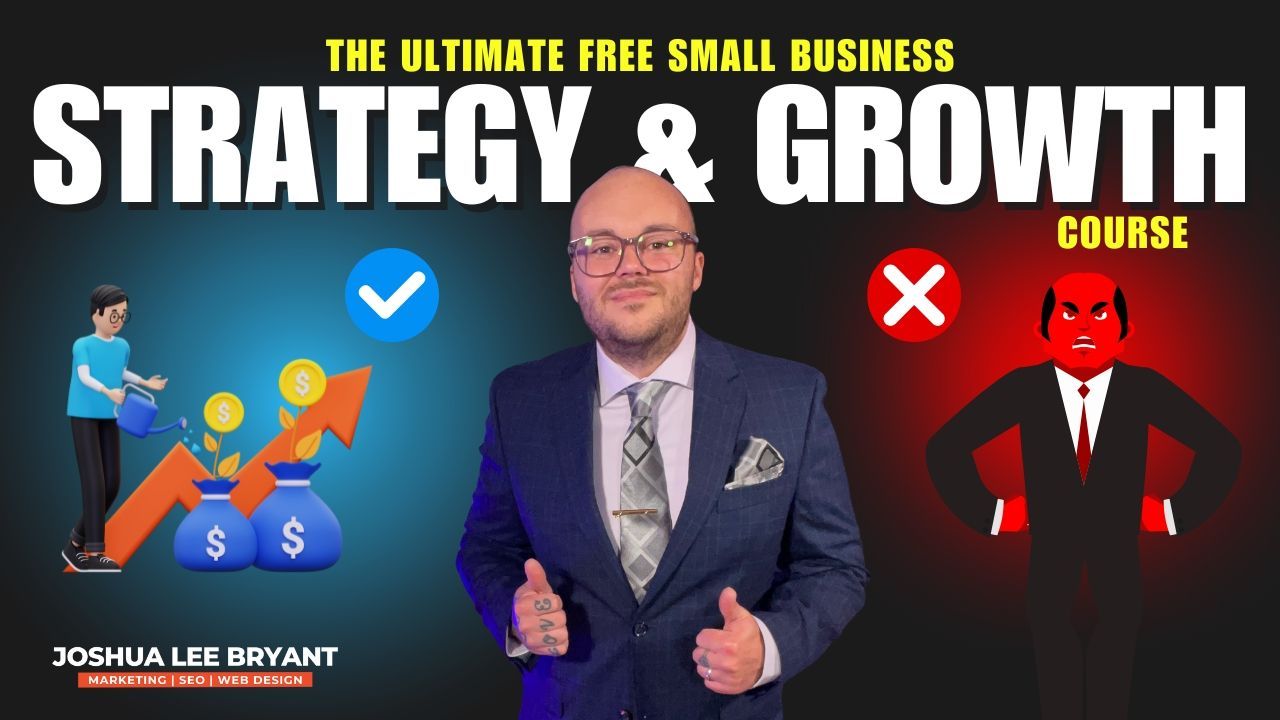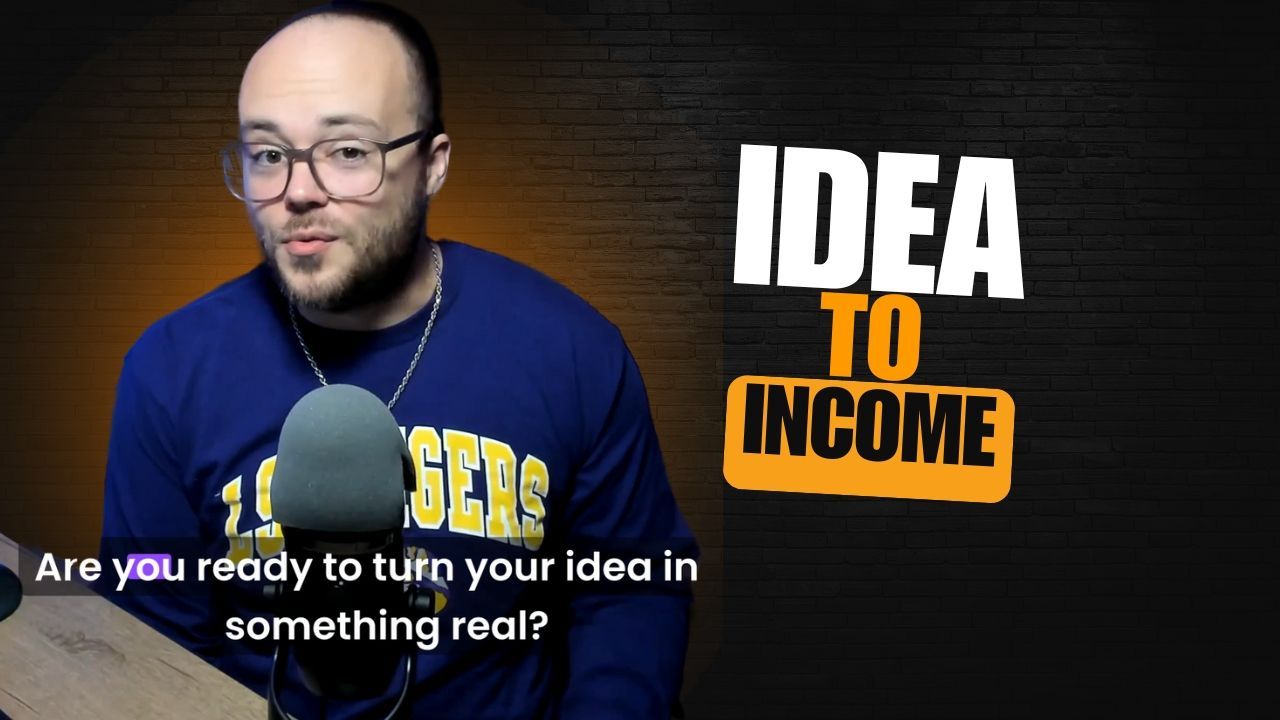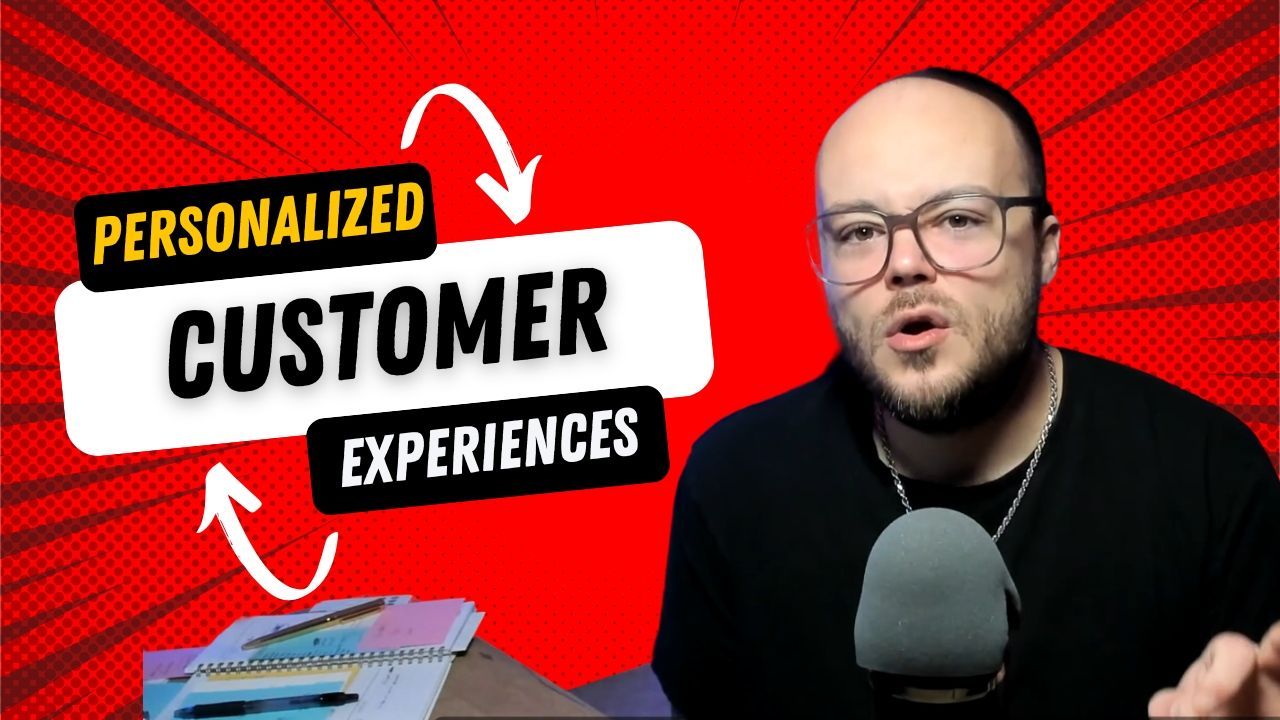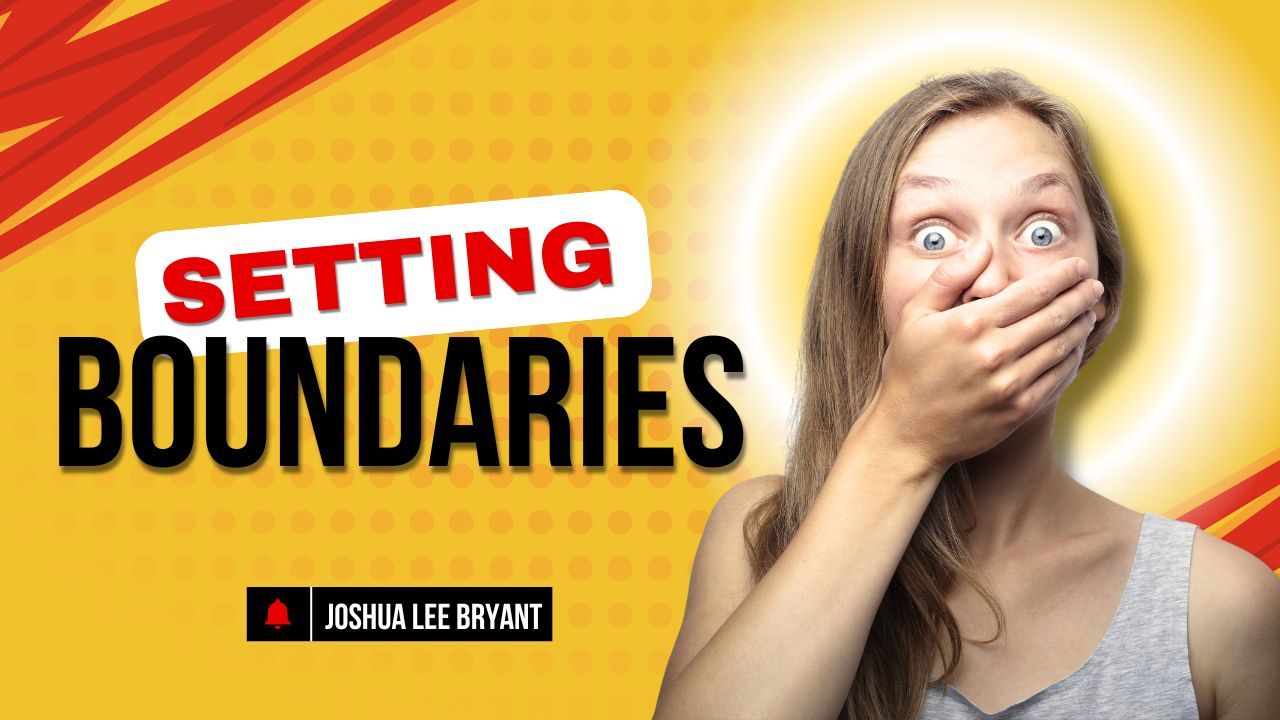How Business Websites Drive Sales: Visualizing a Mind Map & Marketing Funnel
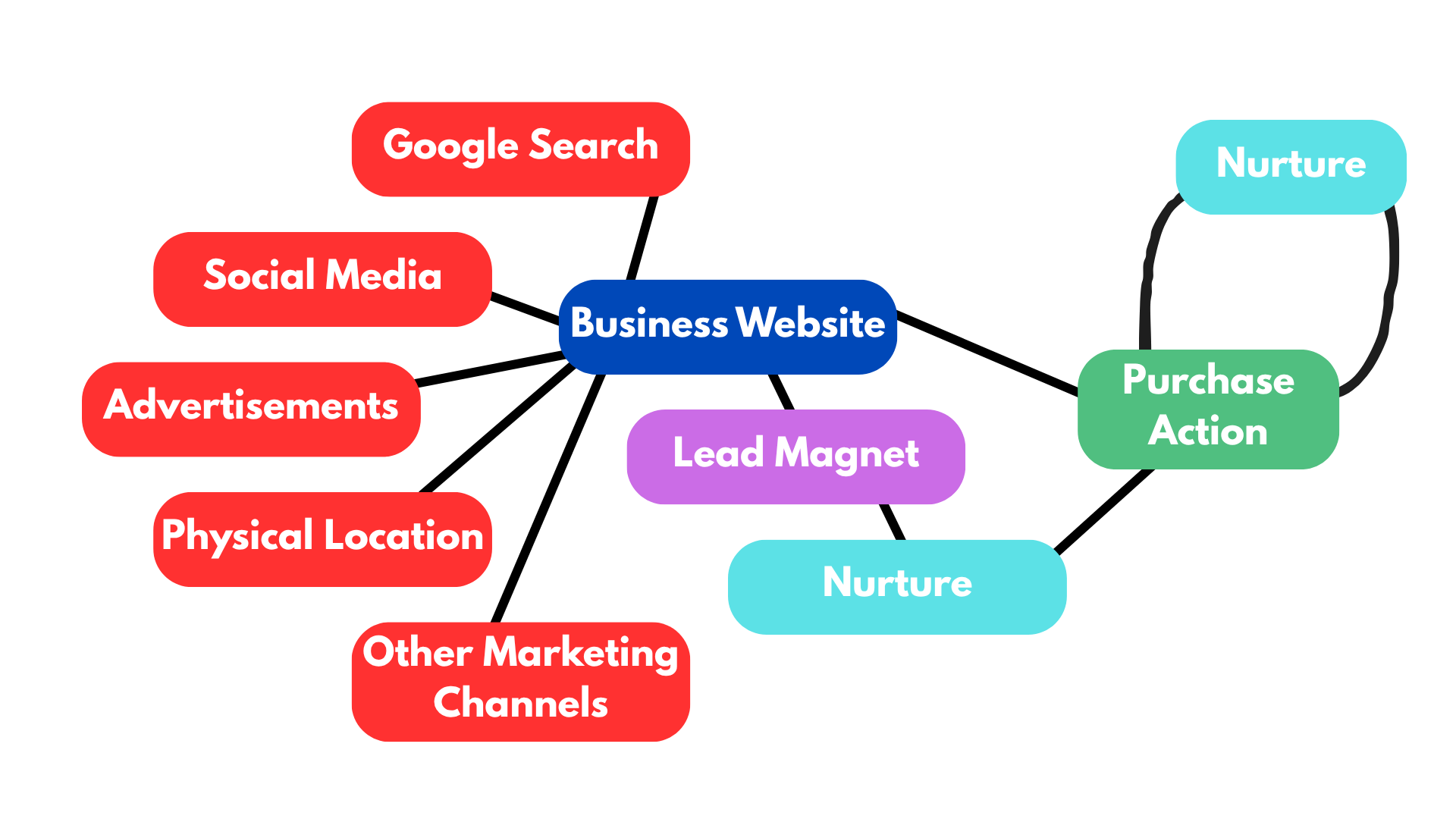
The Mind Map: Your Website at the Center of Everything
Imagine your business website as the central hub of a wheel. Every spoke—from Google Search to social media—drives traffic and engagement back to it. Here's how that looks:
1. Google Search
When people look for services or products like yours, they often start with Google. Your website must be optimized for SEO to capture this traffic.
2. Social Media
Platforms like Facebook, Instagram, LinkedIn, and TikTok help create brand awareness and drive traffic to your site. Engaging content and consistent posting build trust and interest.
3. Physical Location
For local businesses, having your physical address linked on your site (and in directories like Google Business Profile) bridges the online and offline customer experience.
4. Advertisements
From Google Ads to Facebook campaigns, your website landing pages serve as the final destination. Effective copy, fast load times, and clear calls to action are essential.
5. Other Marketing Channels
This includes content marketing (blogs, YouTube, podcasts), email newsletters, SMS campaigns, referral programs, and partnerships—all of which link back to your website.
👉 Why it matters: Every marketing channel should lead customers to a well-designed, high-converting website. This centralization allows you to control the message, track analytics, and convert leads efficiently.
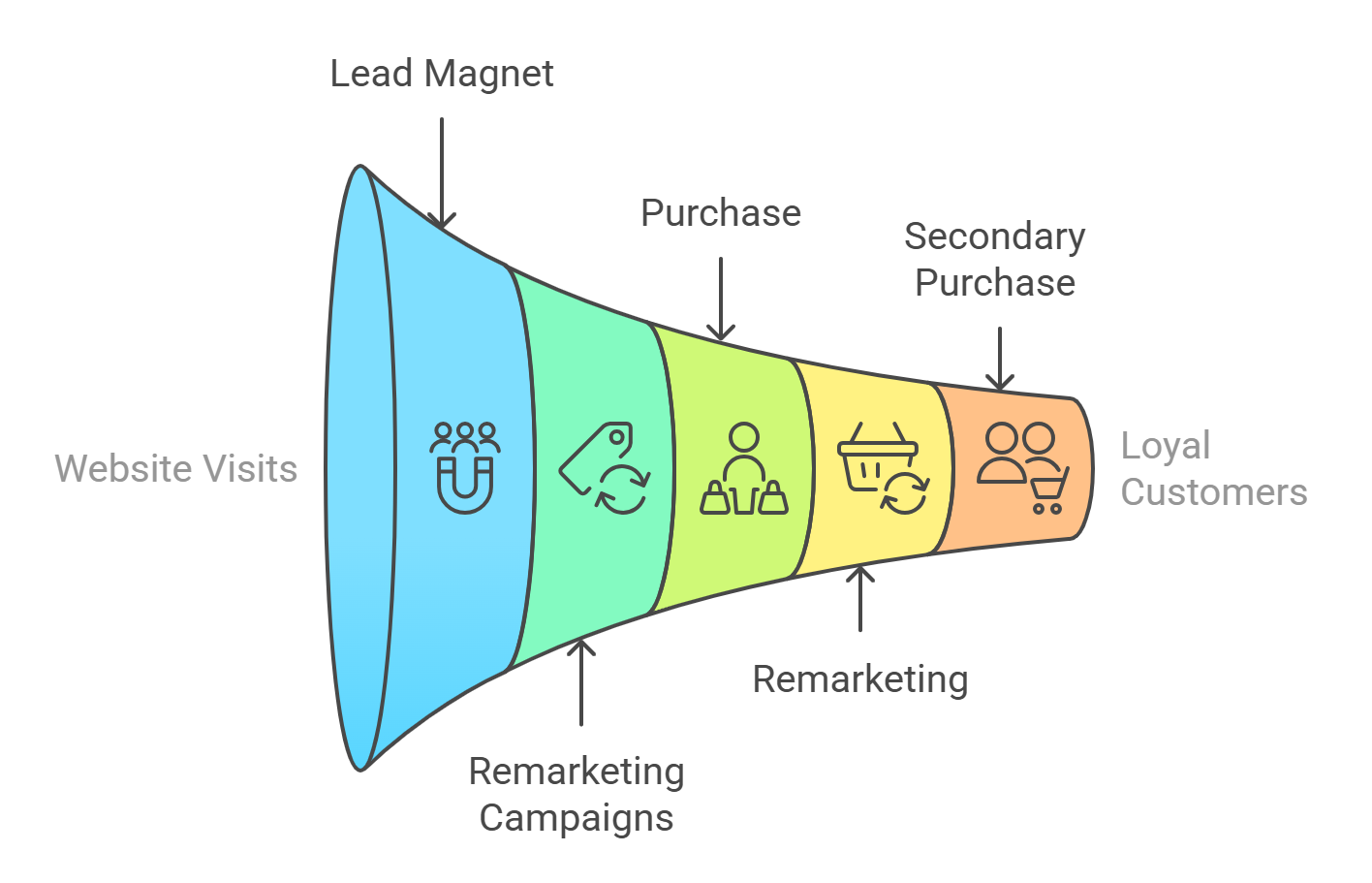
The Funnel: Turning Traffic into Revenue
Once you’ve built a web of traffic sources, the next step is guiding visitors down a path toward becoming customers. Here’s a streamlined funnel that works:
1. Website Visits
This is the top of your funnel. Whether it’s a first-time visitor from Google or someone who clicked a Facebook ad, your goal is to make a great first impression with compelling content and a fast, mobile-friendly design.
2. Lead Magnet
Offer something valuable in exchange for contact info. Examples include a free guide, checklist, quote, or discount code. This helps you capture leads rather than losing them.
3. Remarketing Campaigns (SMS & Email)
Not everyone buys right away. Use email and SMS campaigns to follow up with prospects. Share case studies, reminders, limited-time offers, and more to keep them engaged.
4. Purchase
Finally, the bottom of the funnel is the sale. Make it easy to convert with a seamless checkout process, clear pricing, and trust-building elements like reviews or guarantees.
👉 Pro Tip: Use tools like Google Analytics and heatmaps to identify where people drop off in your funnel—and adjust your strategy accordingly.
Joshua Lee Bryant
Marketing | SEO | Web Design - Affordable All-In-One Solutions For Small-Large Businesses Looking To Obtain More Customers.

Let's Grow Your Business | Side by Side
Behind every thriving business is a strong strategy—and a trusted advisor. My consulting services offer expert insight, personalized guidance, and a collaborative approach that puts your goals first. Whether you're just starting or scaling up, I’ll help you move forward with clarity and confidence.
Your next step is just one conversation away.


Book a Free Consultation
Ready To Accelerate Your Business To New Heights? I'm here to help. Fill out this form and I will promptly reach out to you for a Free Consultation!




